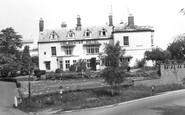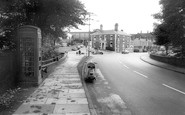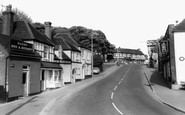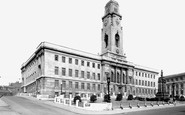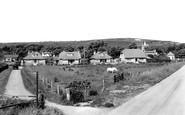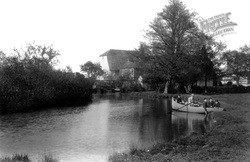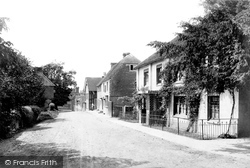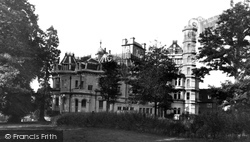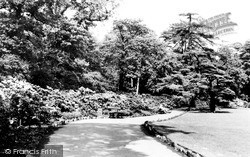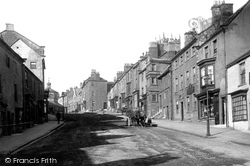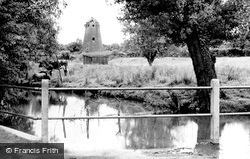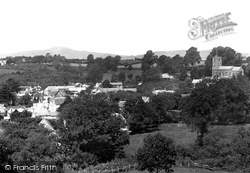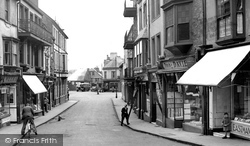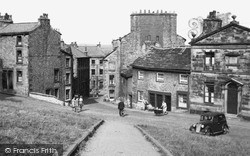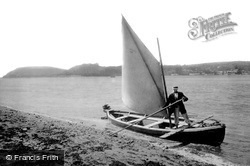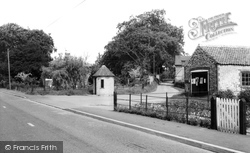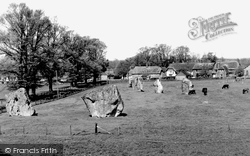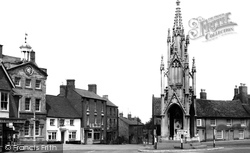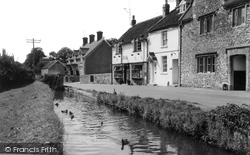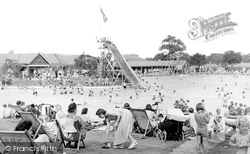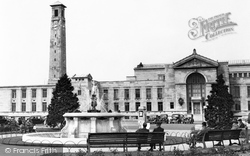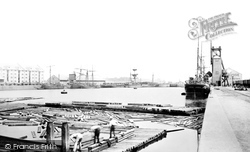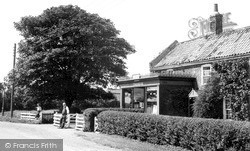Places
18 places found.
Those places high-lighted have photos. All locations may have maps, books and memories.
- Hythe, Kent
- Hythe, Hampshire
- Small Hythe, Kent
- Bablock Hythe, Oxfordshire
- Methwold Hythe, Norfolk
- Hythe, Somerset
- Hythe, Surrey
- Hythe End, Berkshire
- The Hythe, Essex
- Egham Hythe, Surrey
- West Hythe, Kent
- New Hythe, Kent
- Broad Street, Kent (near Hythe)
- Horn Street, Kent (near Hythe)
- Newbarn, Kent (near Hythe)
- Newington, Kent (near Hythe)
- Broad Street, Kent (near Hythe)
- Stone Hill, Kent (near Hythe)
Photos
360 photos found. Showing results 2,581 to 360.
Maps
101 maps found.
Books
10 books found. Showing results 3,097 to 10.
Memories
4,406 memories found. Showing results 1,291 to 1,300.
This Picture Is Very Nostalgic For Me,
Walburga Ehrengarde Helena, Lady Paget, 1839 - 1929 Born in Germany was a diarist and the last of Queen Victoria's intimate friends. Lady Paget died of burns after falling asleep by the fire at her home ...Read more
A memory of Newnham in 1963 by
So Many Fab Memories
I have so many wonderful memories of Earlestown & Newton-le-Willows and sourounding areas, as a boy I used to deliver milk for Christie's, milk in those days was delivered by horse and cart and the round I was on ...Read more
A memory of Newton-le-Willows in 1953 by
Saturday Mornings
Saturday mornings was when my mother and I would join the family next door for our day out, down to the Tarpots Corner and a bus into Wescliff by the playing fields and then a dancing lesson at Mimi Greens School of Dancing ...Read more
A memory of Great Tarpots in 1946 by
The Crown Ph
I remember that accident happening - I think it was in the late 60's. My Dad had the sweetshop in the High Road opp the Police Station - and I remember my uncle coming in and telling us. We were quite amused by the name change. ...Read more
A memory of South Benfleet in 1968 by
Stockton Road
I was born in Flixton before moving with my parents to Stockton Road Chorlton-Cum-Hardy. At the time my dad was working at Metrovicks in Trafford Park before getting a job working for the MOD at The Royal Ordinance Factory - ...Read more
A memory of Chorlton-cum-Hardy in 1941
Ightham Village
My sisters Rita, Susan and me all attended Ightham Primary School, the headmaster was Mr Foster, he travelled every day from Maidstone by car, Mrs Kath Gordon, Miss Tomkins being the other teachers, Mrs Hussey replacing Miss Tomkins ...Read more
A memory of Ightham by
Barnsley Town Hall 1955 The Year I Started To Work There.
I was two weeks short of my 16th birthday, when I started work in the motor tax office which was situated in Barnsley Town Hall. Although we were employed by the Borough Treasurer's Deptment, ...Read more
A memory of Barnsley in 1955 by
Netherthong Public Houses Part 2
This is the second part of my ongoing research into the public houses in Netherthong. There is reference to two inns in Thongsbridge in 1853 - the Rose & Crown publican Hiram Earnshaw, and the Royal Oak with ...Read more
A memory of Netherthong by
The Rectory
I grew up at the rectory in Withyham, my father Peter was Rector of Withyham and Blackham from1953 to 1986. I was the eldest of eight children. I have many fond memories of my life in Withyham and also some sad ones. My father's ashes ...Read more
A memory of Withyham in 1953 by
New Road
I remember walking past here every day to school from 1950 to 1956 and then I went to Freshwater secondary modern school and still walked by it to catch the bus until I left the village in 1959. I remember the path on the left had a stile ...Read more
A memory of Brighstone in 1952 by
Captions
4,899 captions found. Showing results 3,097 to 3,120.
By the 20th century, Goudhurst has quietened down considerably compared to earlier times, when the iron smelting and cloth making industries were at their peak.
The Lychgate, c1520, is a half-timbered cottage by the churchyard with an upper floor extending above.
Described by Pevsner as 'a crazy display.... like a Harrogate hotel', it became Caldicote Towers School in 1891, and then Rosary Priory in 1926, after being acquired by the Dominican Congregation of
His estate was confiscated by the Crown and later given to Margaret Tudor and her husband the Earl of Lennox. Their son married Mary, Queen of Scots.
The station approach became a sort of square, finally embellished by the Clock Tower.
Oliver Cromwell briefly used it as his headquarters during late July and early August 1648 when his forces and those of Major-General John Lambert were operating in the area against the Royalists led by the
The windmill tower, here derelict, belonged to Edlesborough Mills, which also had a water-wheel powered by the stream. The windmill tower is now restored and part of a house.
The cottages and trees in New Inn Street are overlooked by the parish church (right). Lewesdon Hill, topped by beech trees, was given to the National Trust in 1943.
Hodges Garage (in the distance, behind the bus entering Market Square) has since been demolished, and the Castle Hotel (by the street lamp on the right) has also closed.
We are looking down Castle Hill, by the wall of Lancaster Castle. St Mary's Parade is to the left, going up to the church. The Judge's Lodgings are at the bottom of Castle Hill down the lane.
By the look of the boarding plank and the amount of seating, he is more likely to be a ferryman.
Behind the willow (left of the bus shelter) was the residence of the nurse employed by the Iveagh Estate - the brass nameplate is still on the door.
Lord George Cavendish rebuilt the house in 1840 to a design by the then Earl of Burlington, later Duke of Devonshire; this design closely resembled the original building.
Recent archaeological investigations by The National Trust have revealed an arc of at least 15 stones buried in the circle itself.
Following the death of the owner, the site was acquired by the town and first opened to the public in 1960.
The buildings that run on down Abbey Street have long since been demolished and replaced by The Abbey Centre and a new leisure complex.
It looks peaceful enough, but it is just two miles from the coast, and down by the dunes the sea blows unrelentingly.
Dinder House was built in Georgian style by the Rev William Somerville in about 1800. It is now the headquarters of Shoon, an international company marketing clothing and footwear.
The battery of six 18-pounders was presented to the town in 1745 by the Duke of Cumberland. Queen's Street is in the middle distance, and the lighthouse to the right.
Situated in the Aldershot Park estate (bought by the council in 1920 for £21,000), it was originally a lake; it was drained, and dressing rooms and lawns were added, costing £20,000.
There is now a fountain by the library entrance, and opposite there are parks. Southampton did not become a city until 1964, after a royal charter was granted.
A new dock was authorised by Act of Parliament in 1881 and was opened in 1882, partly paid for by the Great Northern Railway, who extended a branch line to it.
The 1819 churchwardens took no chances: it was built inland, the original medieval one having been washed away by the sea.
Almost swallowed up by the caravan sites to the east that merge Mablethorpe with Sutton on Sea, Trusthorpe clings to some independence.
Places (18)
Photos (360)
Memories (4406)
Books (10)
Maps (101)



